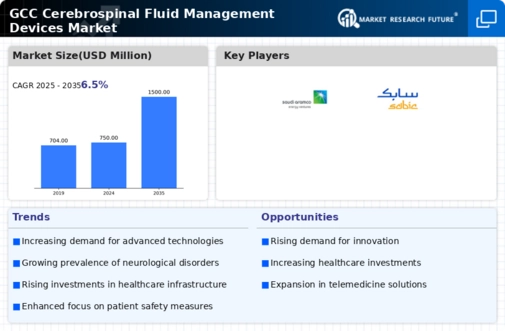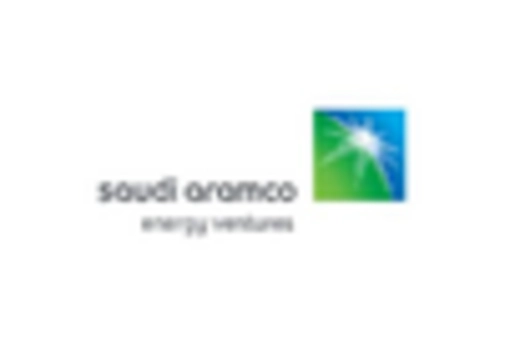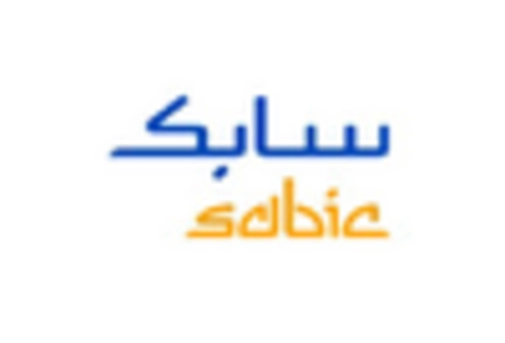The GCC Cerebrospinal Fluid Management Devices Market is characterized by its rapid advancements, driven by significant technological innovations and an increasing prevalence of neurological disorders. As healthcare providers across the Gulf Cooperation Council nations prioritize patient outcomes, the competition among manufacturers intensifies. This market sees a combination of established players and new entrants focusing on enhancing device capabilities and ensuring compliance with stringent regulatory standards.
Briskly evolving healthcare infrastructure, increasing healthcare expenditure, and rising awareness regarding the diagnosis and treatment of conditions affecting cerebrospinal fluid management contribute to a dynamic competitive landscape. Key players engage in strategic collaborations, product launches, and capacity expansions to secure market share, revealing the competitive intensity that shapes this sector.Focusing on NeuroTherm, this company has reinforced its presence in the GCC Cerebrospinal Fluid Management Devices Market through a comprehensive range of advanced products. The company specializes in unique technologies tailored to improve cerebrospinal fluid management, thereby enhancing patient care.
NeuroTherm's strengths lie in its commitment to innovation and extensive research and development efforts, ensuring that its offerings remain at the forefront of medical advancements. The company's distribution network within the GCC enables it to promptly respond to market demands and maintain robust customer relationships.
Moreover, NeuroTherm's emphasis on collaboration with healthcare professionals fosters valuable insights that drive product improvements and clinical effectiveness, consolidating its competitive edge in the region.Meanwhile, Boston Scientific has established itself as a significant player in the GCC Cerebrospinal Fluid Management Devices Market, delivering a portfolio of key products and services designed to address various medical needs.
The company's strengths comprise a well-rounded mix of innovative technology and a strong marketing approach, which enhances its visibility and reach within the region. Boston Scientific actively invests in expanding its presence through strategic mergers and acquisitions, allowing it to diversify its offerings and tailor its solutions to specific regional healthcare challenges. Their innovative devices are designed not only to optimize cerebrospinal fluid management but also to improve patient outcomes and safety.
By closely engaging with healthcare providers in the GCC, Boston Scientific continually adapts its strategies, meeting the evolving demands of the market while positioning itself for sustained growth in this competitive landscape.














Leave a Comment